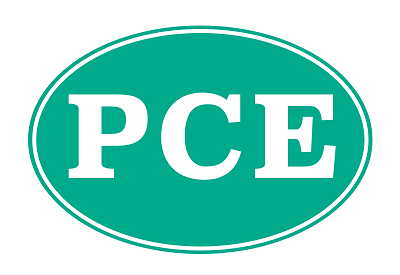
Date posted: 26th Jun 2023
Dividends are a way to extract monies from a personal or family company.
However, the rules surrounding dividends are strict and failure to comply may mean that HMRC could tax payments purporting to be dividends as employment income rather than as dividends.
This will in most instances mean a higher tax bill as well as national insurance for the recipient and the company.
There are also a number of practical issues to consider when preparing the paperwork. Some of these are set out below.
Paid from retained profits
Dividends are a distribution of profits and can only be paid if a company has sufficient retained profits from which to pay the planned dividend.
Before paying a dividend, the director(s) must consider the company’s financial position, particularly if it has changed since the last set of accounts was prepared.
Any dividend paid in excess of the retained profits is an illegal dividend.
Paid in proportion to shareholdings
Where more than one person holds shares of a particular class, dividends must be paid in proportion to shareholdings. Thus if £100 is to be paid as a dividend to shareholders holding 10 shares – each share will receive a £10 dividend per share. It is not possible to pay the entire £100 to one shareholder unless there is a dividend waiver in place. But dividend waivers carry their own complications.
In a family company, this restriction may be overcome by using an alphabet share structure to provide the flexibility to tailor dividend payments to the shareholder’s personal circumstances. However, it is imperative that the articles of association allow for this flexibility.
Types of dividends
There are two types of dividends – interim dividends and final dividends.
Interim dividends are paid throughout the year, for example, to a director to meet their living expenses. A final dividend is paid annually after the end of the accounting period.
Declaring dividends
Dividends must be properly declared in accordance with company law requirements.
While the directors can simply decide to pay an interim dividend, a final dividend must be declared in accordance with the procedure set out in the Articles of Association.
Where the Model Articles have been adopted, a final dividend should be declared by ordinary resolution. The directors must recommend the amount of the dividend and this must be agreed by the shareholders in a general meeting. This normally happens at the AGM.
The company should prepare Board minutes. These should contain:
- The name of the company.
- The date that the dividend was approved.
- The name of the director(s).
- The company’s address.
The minutes should set out the amount of the dividend (per share), the type of shares in respect of which it is being paid, the date it is being paid and the date on which shareholders need to be registered at Companies House in order to be eligible to receive the dividend.
The deemed payment date, is important from a tax perspective i.e. in which tax year is the dividend deemed to be paid.
Dividend voucher
Whenever a dividend is paid, the shareholder should be given a dividend voucher.
The dividend voucher should contain:
- The name and address of the shareholder receiving the dividend.
- The company’s name, registered office and registration number.
- The date of issue.
- The amount of the dividend paid.
- The signature of the company director(s) or a company officer.
The shareholder should retain the dividend vouchers as these will be needed when completing their personal tax return.
If you have any queries regarding dividends, please contact us.


